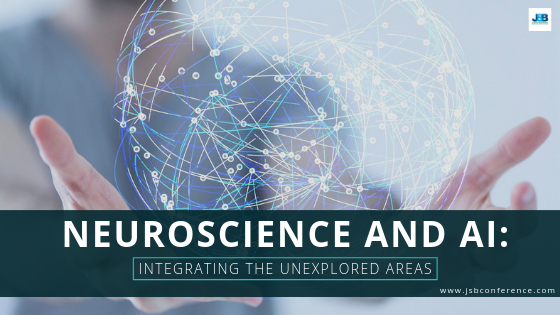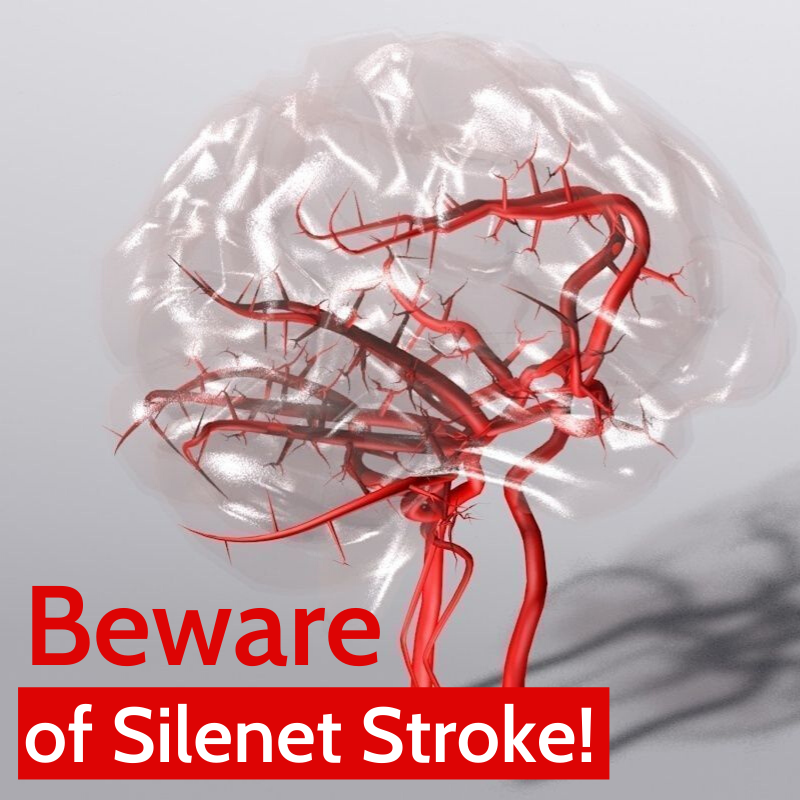
Though we see today that artificial intelligence and machine learning are getting spread over every sector, its development in the neurology is not yet explored to the extent it should have been. Neuroscience and artificial intelligence are considered two different things as one belongs to the technology while the other biology.
Recent international conferences on neuroscience have discussed nemourous brain functions, thought little on AI. This blog traverses through how both terms can be incorporated and explored for obtaining advanced results from both sectors.
Research in the past decade has observed physical connection in the brain to a tremendous extent. We have also seen how the nervous systems perceive information and process it. That being said, the brain is such a crucial and delicate factor in the body which has many undiscovered factors. That tells how there’s a lot more which is not explored yet.
While we have been exploring how the brain functions and learns everything, on the other hand, tech experts have gained a gamut of things through constant development in the area of computer algorithms hardware and software applications. In today’s world of machine learning and artificial intelligence, some researchers believe that exploring the neurological areas and how the brain functions can help tech enthusiasts and researchers in many ways. It can primarily help translate the concepts of thinking from neurology and then incorporate them into things such as AI and machine learning.
Brain and machines are indifferent:
Artificial intelligence or even machine learning for that matter is a part of technological innovations which are systems. They are undoubtedly an improvised version of the human brain which can accurately find enormous data sets. These data sets are complex and often have subtle patterns.
Through the latest healthcare industry market research, you would find such innovations almost in every sector today. Be it automated vehicles, face identifying systems, finance threat detection or robots, the systems have been a huge help to mankind. Its contribution to the medical diagnoses and healthcare industry cannot be ignored. However, they are simply modifications of a single computer algorithm.
Another term popular in machine learning is artificial neural networks. This is a common approach which interconnects with digital processors accepting process measurements, inputs and produce outputs, etc. As per the researchers, to gain enhanced outputs, one should understand how various inputs give different outputs and analyze the same. With this, you will be able to respond better the patterns which are alike.
For instance, if you wish that your system show the text of what is being shown to the system, you must show a lot of pictures of the object to help the system better recognize it. For instance, a dog. You have to show different dog images with more information about the various dog breeds. When you do this, your system can have internal connections and the next time you show a dog, it can show the text dog on it. The more information you put, the more objects it will be able to identify and display text for the same.
This may be how a machine learning system understands various objects, however, the brain functions differently than the systems. You may not have to show every type of dog with different angles and yet the brain can identify a dog. With human brains, they take a very little amount of information, store it to the memory very quickly identify various subjects and objects even though seeing from different angles.
Needless to say that both the brain and the machine learning systems work differently owing to their different nature. While one ace at one thing, the other may poorly fail at the same and vice versa.
For instance, a machine learning system may not able to process information when there’s noise in the communication, however, the brain can! On the other hand, for a human brain, it can be difficult to process a large amount of complex data but that’s exactly what machine learning systems are made for.
When you a dog’s photo which may be black and white or slightly torn, you can still identify the picture that it’s a dog. However, because of your brain know that the picture is similar to a dog, you would decide that it’s a dog. Unlike in the case of a machine learning system which would simply fail to give any output for the inadequately processed information.
It is crucial to understand the brain’s potential to recover from physical problems, reconnecting with different things surrounding them. A stroke or an injury can make it difficult for a brain to adapt to go back to the stored information. The brain still aces at impressively processing a particular type of information despite being injured. As you may have seen that the brain does not struggle to understand a language while it may struggle to recognize particular subjects or objects which were stored at a particular time.
In the case of machine learning systems, it may not at all function or process information if half of its connections are being removed or ‘injured’.
Integrating machine learning and neuroscience:
Though there’s continous research being conducted in the neuroscience on how a brain functions or processes different information, it is still unclear how a particular brain processing method would do good in the machine learning system. For this, researchers may have to try each possibility of how the brain processing methods into the various machine learning methods.
On the other hand, one may also explore improving machine learning for identifying new areas of neuroscience. Artificial intelligence may open new doors of questions and new challenges in the study of neuroscience.
Researchers are how individual neurons contribute to their overall network. It is also exploring the connectivity of neurons on a broader network to understand the impact of the interactions between two neurons.
With a similar line of action and viewpoints, if research in the areas of neuroscience and artificial intelligence is explored further, it may do wonders bringing you the technology of the future. At the same time, it may contribute to achieving new and advanced ways of fighting with neurological disorders or adverse brain conditions.
As the World International Conference Neuroscience and Neurology is coming up next year on 25-26 May 2023, it will be interesting to see if brain such studies can have scope for further discussion among eminent. Going through the list of all-conference alerts 2023, the conference that one should not miss the opportunity to speak about AI in the cognitive neurology discussions.
